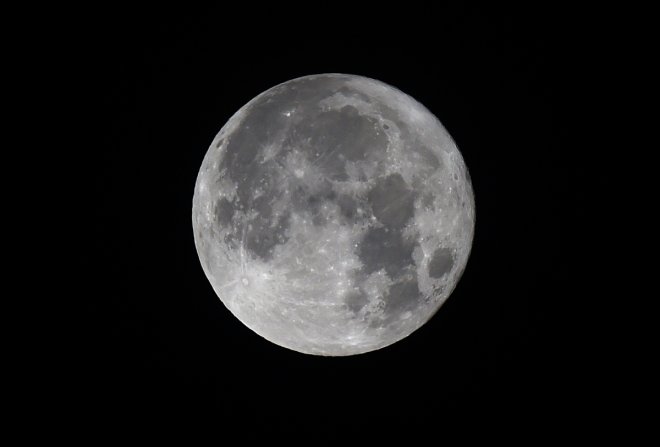
A research by Universities Space Research Association (USRA) and NASA has identified the presence of atmosphere in moon 3-4 billion years ago.
The research by Dr. Debra H Needham, Research Scientist at NASA Marshall space flight center and Dr. David A Kring, Universities Space Research Association (USRA), has found that atmosphere was formed in the moon when volcanic eruptions were common on its surface.
The study, which was published in Earth and Planetary Science letters, said that the atmosphere was the thickest before 3.5 billion years, during the age of peak volcanic activity. This was the period when the moon's surface was still forming. The atmosphere is thought to have existed for about 70 million years and have finally escaped to space.
Various volatile gases and water vapor were released during the eruptions. Scientists believe that a significant proportion of the gas would have been entrapped in the ice in Polar Regions of the moon which has not been lit by the sun. They think that it would be helpful to fuel future missions to the moon and beyond it. They also proposed Deep Space Gateway in the moon's orbit. Various space agencies planning to send people to the moon will find this discovery a boon.
Basalt from the volcanic eruption used to float in lunar basin, forming a sea which was kilometers wide. Maria, the dark region in the moon, which is visible from the earth, is a result of such volcanic activities. The volcanic lava sea had cooled down to form the Maria region on the surface of the moon. The Basalt volcano samples brought to earth by NASA's Apollo mission have found gas components like carbon monoxide, carbon dioxide, water molecules, sulphur, and other volatile gases along with amino acids.
The study was supported by the NASA's Solar System Exploration Research Virtual Institute. Various NASA researches are also being undertaken by other facilities and space organizations with the Space Agencies support. NASA has also signed contracts with Space Agencies like Roscosmos of Russia and with the Chinese and Japanese space agencies for further explorations.









